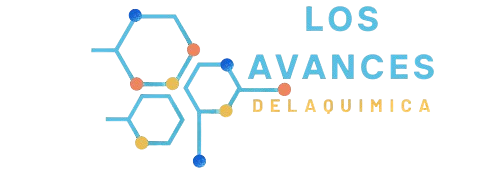Conferencia impartida en la Universidad de Alicante el 2 de diciembre de 2011, con motivo de la entrega de los premios de la XIV edición del concurso Jorge Juan de resolución de problemas matemáticos. La copia de la charla se puede descargar aquí.
Título completo: Matemáticas y química, una relación necesaria. Desde la antigüedad al siglo XXI.
Resumen: Se analizan las relaciones de la química y las matemáticas con una perspectiva histórica. Se incide en la importancia que las matemáticas tienen en el desarrollo de todas las ciencias naturales y en el futuro de la química. Se resumen algunos conceptos fundamentales de química, su situación actual y las perspectivas de futuro. También se presentan algunos hitos históricos del desarrollo de la química en relación con otras ciencias, especialmente con la física. Se destaca el papel que laa matemáticas tiene en ciertas áreas de interés químico como la química cuántica, la química computacional, la definición y caracterización de la estructura química, la cristalografía, el análisis masivo de datos a través de redes neuronales, etc.
Bernardo Herradón García CSIC [email protected]




